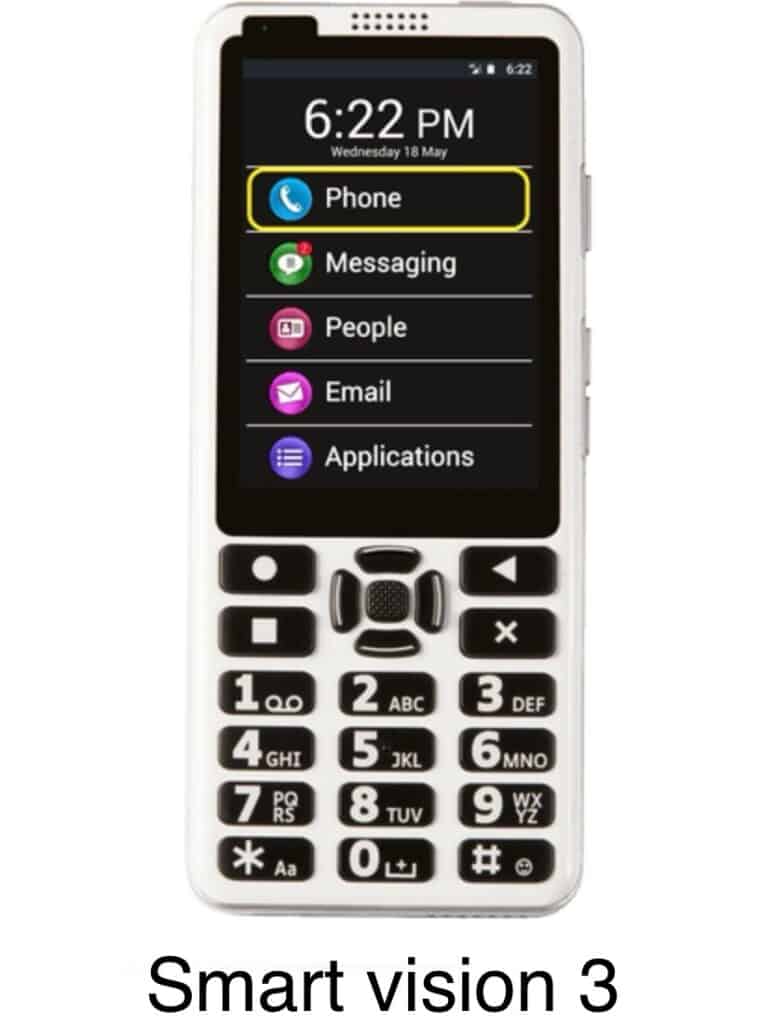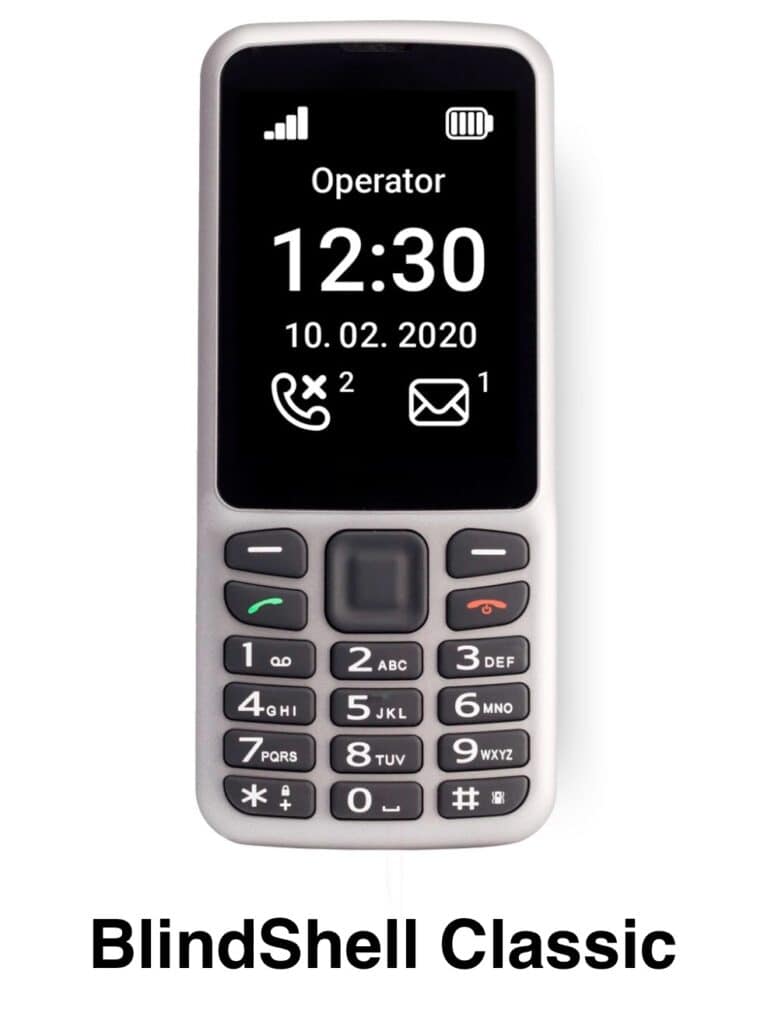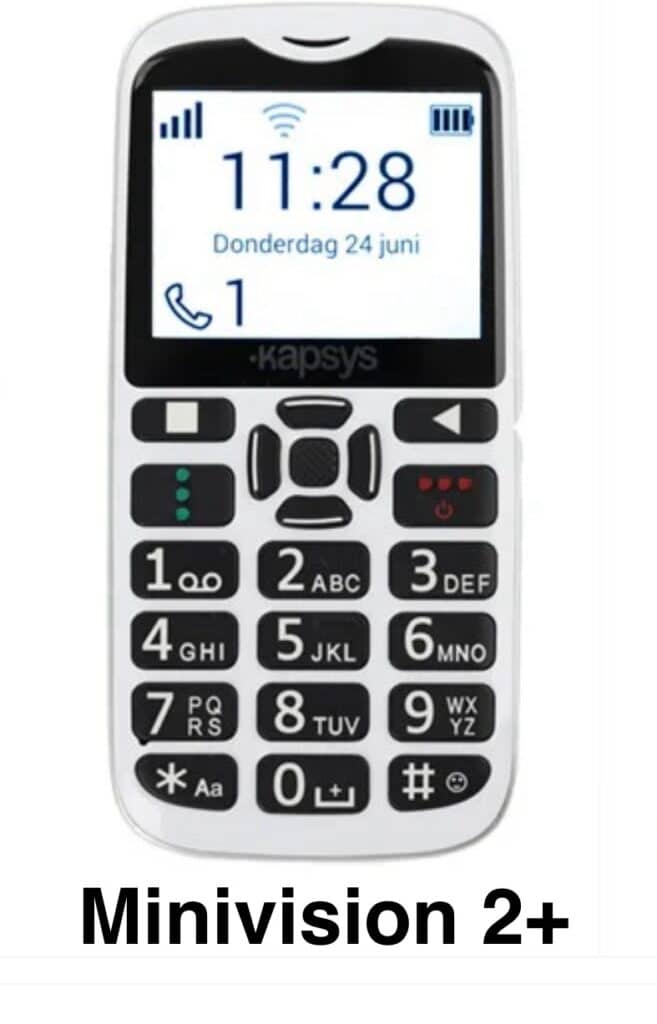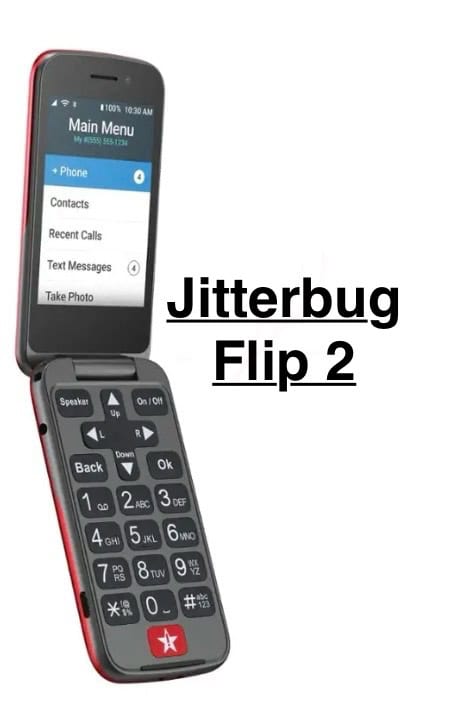Feature phones are mobile devices that bridge the gap between basic, call-and-text-only cell phones and full-fledged smartphones. Within this category, a specialized niche exists for phones created specifically for the blind and visually impaired, often referred to as accessible feature phones or simplified devices. While many standard feature phones offer basic accessibility (like large buttons), the specialized models incorporate comprehensive features essential for independent use.
These accessible phones typically forgo complex touchscreens for highly tactile interfaces with large, physical buttons (keypads). Their core design is centered on robust auditory and visual cues to ensure every function is accessible.
Key Accessibility Features of these Specialized Phones:
- Comprehensive Voice Guide: The phone is fully speaking. It reads aloud everything on the screen, including the menu, contact lists, received text messages, and other information.
- Tactile and Verbal Feedback: It speaks the keys as they are pressed, providing immediate auditory confirmation of input.
- Visual Customization: For users with residual vision (low vision), the screen supports essential customizations such as adjusting font size, brightness, high contrast modes (e.g., inverse mode, like white text on a black background), and color schemes.
- Hands-Free Communication: Features include speaking caller ID, customizable ringtones, and voice-activated dialing from the contact list.
- Voice-to-Text Capabilities: Users can dictate text messages using voice recognition, often integrated with a text-to-speech function for reading received messages.
- Safety and Utility: Includes spoken time and date, a dedicated SOS or programmable emergency button, and the ability to set alerts and reminders.
When considering these devices, additional factors that contribute to functionality include internet access and web browsing (for more advanced models), camera and photo storage, and the availability of multiple language options.
Cell phones made specifically or primarily for the blind and visually impaired often feature highly tactile interfaces, dedicated accessibility apps, and comprehensive voice guidance.
Some examples of devices designed specifically for this user group include:
- Smartphones with Physical Keypads:
- SmartVision3: A fully functional smartphone, certified by Google, that is unique for including a tactile keypad along with a touchscreen. It’s designed to provide full smartphone access while being easier to navigate for those with vision loss.
- BlindShell Classic 2/3: These are fully speaking, tactile button cell phones that offer the ease of a traditional button phone but with modern smartphone features and a simplified Android operating system.
- Simplified Phones and Flip Phones:
- RAZ Memory Cell Phone: Focuses on extreme simplicity, often for users with cognitive decline as well as vision loss. It has an ultra-simplified interface with a single screen displaying contacts as pictures and names, with no complex menus or apps.
- MiniVision2+ Cell Phone: A big-button cell phone that is a simple, talking phone, taking care of basic telecommunications with voice commands and a voice guide that speaks everything on the screen.
- IRIS Easy Flip or Jitterbug Flip2: These are standard flip phones that are popular choices due to their large, tactile keypads, simple flip design, and often include features like a talking voice guide and emergency buttons.
Examples:





Important Note on Mainstream Smartphones:
While the above are specialized devices, many blind and visually impaired individuals use mainstream smartphones like the Apple iPhone and Google Pixel due to their robust and highly advanced built-in accessibility features, which are arguably the most widely used tools. These features include:
- Screen Readers: VoiceOver (iPhone) and TalkBack (Android/Google Pixel) provide audible descriptions of everything on the screen, allowing users who are completely blind to navigate with gestures.
- Magnification and Display Customization: Features like Zoom/Magnifier and options for high contrast, enlarged text, and color filters for users with low vision.
- Voice Assistants: Siri and Google Assistant allow for hands-free operation and are integrated with many functions.
- Specialized Apps: Access to third-party accessibility apps like Be My Eyes or Lookout, which leverage the phone’s camera and AI for visual assistance.
Conclusion
Feature phones designed for the blind and visually impaired provide a vital bridge between traditional phones and complex smartphones, offering independence without unnecessary complexity. Through tactile keypads, full voice guidance, and adjustable visual displays, these devices ensure that users can communicate, navigate, and manage daily tasks with confidence. For many individuals with vision loss, accessible feature phones serve as more than communication tools—they are lifelines to safety, connection, and self-sufficiency.

